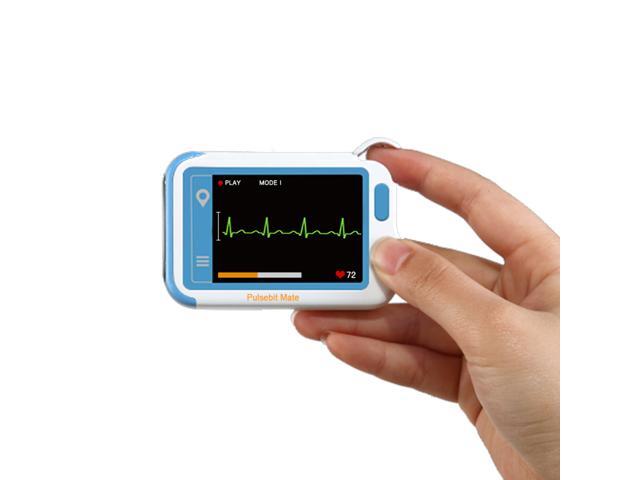

We’ve compiled a brief list of heart ailments that can be detected via cardiac echo: Purpose Of EchocardiogramĬardiac echo is used to detect a range of heart conditions. You can use the echo to monitor the cardiac condition. Since it is safe, radiation-free, and non-invasive, it can be conducted repeatedly over a prolonged period. Also, it may be recommended after an electrocardiogram test if it suggests the possibility of a structural heart problem. Moreover, the echocardiogram is simple to conduct and doesn’t require any prior screening before the test.Ī cardiac echo is typically recommended when patients have symptoms such as shortness of breath, fatigue, or fainting. These include evaluating high-risk cases that are devoid of symptoms and detecting structural abnormalities of the heart in suspected cases.

The echocardiogram is a suitable screening test in several cases. It also helps detect enlargement of the cardiac chambers, heart rhythm irregularities, and heart valve disease.

These problems include dilated cardiomyopathy or restrictive cardiomyopathy. The echo test is paramount in detecting complex and severe heart conditions such as muscle problems. It’s best for detecting abnormalities related to the structure and function of the heart. It is the most effective way to visualize the function and movement of the heart, cardiac muscle valves. allows physicians to view the anatomy of the heart from many different angles and to observe the heart rhythm. An echocardiogram provides more detailed information and visualization than an x-ray image.Ī cardiac echo. It enables physicians to view the heart in motion, including the beating activity. It uses ultrasonic waves that bounce off the heart to create a moving image of it. Cardiac Ultrasound Or EchocardiogramĬardiac ultrasound is also referred to as echocardiogram, cardiac echo, or transthoracic echo (TTE). In addition, duplex ultrasound being safe and devoid of radiation and contrast dyes has become the preferred diagnostic test. On the other hand, cardiac ultrasound imaging helps physicians in detecting problems related to heart function and heart valves.įurthermore, duplex ultrasound – a combination of advanced technology like Doppler and regular ultrasound – provides a clear view of veins and arteries to assess and calculate the speed of blood flow. It helps detect obstructions like blood clots and narrowed blood vessels, among others. These include but are not limited to cardiac ultrasound, venous Doppler, carotid Doppler, abdominal ultrasound, and intravascular ultrasound.ĭoppler ultrasound is extremely effective as it can show the direction and speed of blood flow through ultrasonic sound waves as they echo off moving objects. There are several types of ultrasound tests for diagnosing heart ailments. Most importantly, however, it eliminates the need for invasive testing, saving the patient pain and discomfort. It is also safe, radiation-free, and cost and time-efficient. In addition, ultrasound testing is targeted and can be used to confirm suspected heart conditions. Innovations in ultrasound technology have made heart ultrasound machines extremely capable of detecting serious medical conditions like heart defects or angina as they provide clear three-dimensional images of the heart and blood vessels and their functioning in real-time. Moreover, cardiovascular tests are difficult to perform and expensive, compared to ultrasound. According to a new study published in the Journal of the American College of Cardiology, up to 70 percent of people who have heart attacks are put in the low or intermediate-risk category for a heart attack, when traditional risk prediction models are used.įurthermore, while cardiovascular tests are available for diagnosing heart diseases, these are invasive, unlike ultrasound testing. Traditional risk prediction models are quite ineffective in predicting heart attack risk. Significance Of A Heart Ultrasound Diagnosis Heart ultrasounds are steadily increasing and will continue to do so to aid medical or surgical treatments. It’s no surprise then that it is the preferred diagnostic test for many serious medical conditions. Ultrasound imaging is one of the most popular diagnosing technologies due to its accuracy, ready accessibility, safety, and cost-efficiency.


 0 kommentar(er)
0 kommentar(er)
